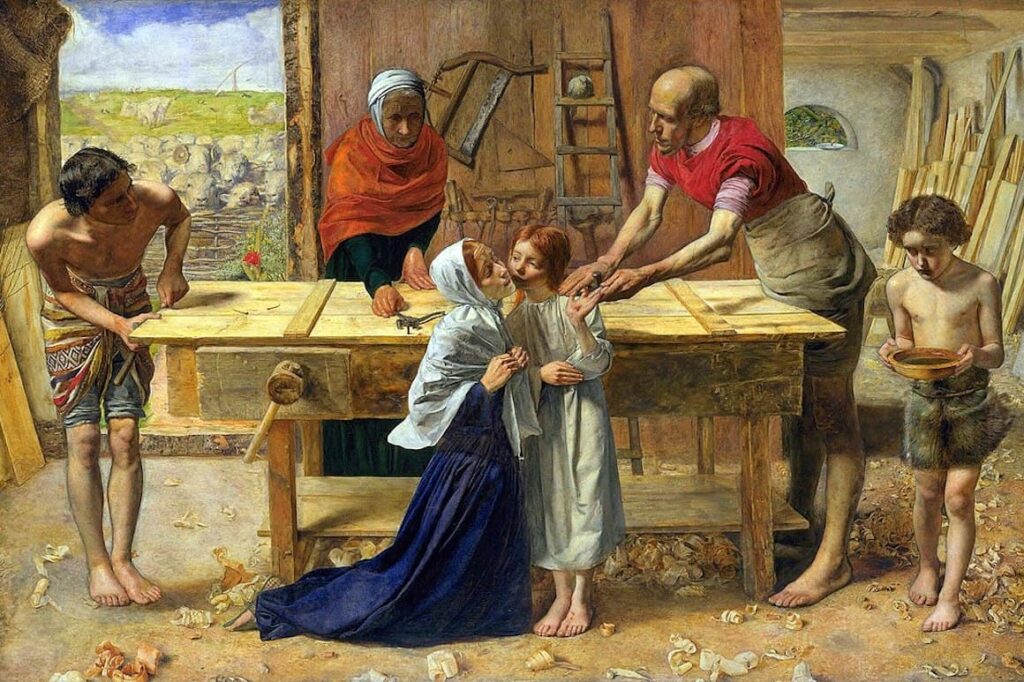The Anglican Church is one of the most unique and influential Christian denominations in the world. Its history is filled with dramatic events that not only impacted the religious life of Great Britain but also significantly influenced political and social processes across Europe and the entire world. However, there are often lesser-known aspects that played a key role in the formation of Anglicanism, including hidden conflicts, secrets, and political maneuvers that remained in the shadows for a long time.
The Rise of Anglicanism: A Religious Split or Political Maneuver?
The history of the Anglican Church is closely tied to the reign of Henry VIII, one of the most controversial monarchs in English history. He decided to break away from Rome and the Pope, initiating the English Reformation. This decision, made for political reasons, became the catalyst for the creation of a new branch of Christianity that would later be known as Anglicanism. Henry VIII, frustrated by the Pope’s refusal to annul his marriage to Catherine of Aragon, was forced to make the historic decision to declare himself the head of the Church of England, leading to the gradual separation of Anglicanism from the Catholic Church.
However, the process of breaking away from Rome was much more complex than it is often considered. It was not only an act of political independence but also an attempt to resolve internal problems within the church, such as clerical corruption and the rise of secularism. But not everyone agreed with this decision, and religious wars between Catholics and Protestants soon became inevitable.
The Conflict with the Catholic Church: A Separation That Wasn’t Finished
After breaking with Rome and establishing its own church in England, the monarchs faced many problems both within the country and beyond. The Catholic Church’s resistance was powerful, and many of those who supported maintaining unity with Rome found themselves under harsh repression. A prime example of this is the reign of Mary I, known as “Bloody Mary,” whose efforts to return England to the Catholic Church led to widespread persecution of Protestants. This was one of the darkest chapters in the history of Anglicanism, as brutal executions of heretics became a tragic symbol of religious intolerance at that time.
However, the era of Mary I was soon replaced by the reign of her sister, Elizabeth I, who solidified Anglicanism as the official religion of England. Even so, during her reign, the issue of religious identity remained highly contentious. This was a time of intense struggle for dominance between Protestants and Catholics, particularly amidst political intrigues with the Spanish crown. One of the most significant events of this time was England’s victory over the Spanish Armada, which not only strengthened England’s national identity but also solidified the position of the Anglican Church.
The Hidden Conflicts Within Anglicanism Itself
While Anglicanism seemed to stabilize in the 16th and 17th centuries, internal conflicts continued to grow within the church. At the center of these conflicts were issues of doctrine, church structure, and relations with other Protestant movements. The church’s too-close ties with the royal power, along with the reluctance of its leaders to make concessions to radical reformers, became a source of strife.
One such example was the Puritan conflict, when Puritans, aiming for a more thorough cleansing of the church from Catholic remnants, entered into open confrontation with Anglicans. These disagreements led to the English Civil War in the mid-17th century, when the Puritans, under the leadership of Oliver Cromwell, defeated the royal army, and King Charles I was executed. This period led to the creation of a short-lived republic known as the Commonwealth, but after the restoration of the monarchy, the Anglican Church once again reaffirmed its position as the leading religious force in the country.
The Role of Anglicanism in Colonial Expansions
Many fascinating chapters in the history of the Anglican Church are related to its colonial expansions. England actively spread its religion in the colonies, especially in North America, where Anglicanism played an important role in establishing religious and cultural hegemony. However, this process was accompanied by a number of conflicts and contradictions, as local peoples and other colonists often resisted the imposition of a foreign religious system.
Interestingly, many colonists who emigrated to the New World were seeking freedom from religious oppression, including from the Anglican Church. Thus, Anglicanism influenced not only the religious landscape of Great Britain but also the development of religious freedom in the American colonies, which later led to the formation of the principles of a secular state.
Conclusion: Anglicanism in the Modern World
Today, the Anglican Church remains an important part of world Christianity. Although its history is full of conflicts and dramatic turns, it continues to influence the religious, political, and cultural life of many countries. While Anglicanism may no longer be as actively involved in political battles as before, its historical legacy lives on. The secrets and conflicts that accompanied the formation of this church still raise many questions for researchers and those interested in the history of religions and political movements.
